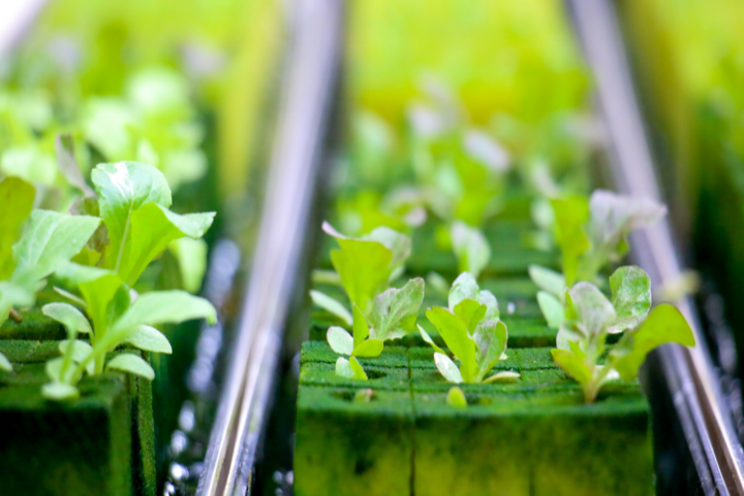CEA funding breeds optimism for post-pandemic growth
Added on 12 July 2021

Back in 2019, LEDs Magazine published a feature on investment pacing and market prospects for horticultural solid-state lighting (SSL) and products and systems for controlled environment agriculture (CEA) operations. We were really just beginning to see how venture capital funds and research grants were being distributed among CEA growers themselves in a wave hot investment for advanced farming methods. Indeed, as chief editor Maury Wright wrote regarding the early planning days of the former Horticultural Lighting Conference, "We suspected the primary interest would be investment in the companies supplying technology that could be deployed in vertical farms around the globe. Instead, the sector would soon witness huge investment in the farms themselves."
Although the pace of announcements slowed slightly amid the coronavirus pandemic, we have covered quite a bit of research on plant science, optimization studies for horticultural lighting, and capital investment alike. And I am pleased to see prospects are growing for companies working toward technology integration in this sector.
For example, the Wells Fargo Foundation's Wells Fargo Innovation Incubator (IN2), which is co-administered by the US National Renewable Energy Laboratory (NREL), just announced the latest cohort of startups that will benefit from its funding and partnerships with NREL and an independent research institute, the Donald Danforth Plant Science Center in St. Louis, MO. All of the companies in this phase are focused on enabling sustainable indoor agriculture.
GrowFlux CEO Eric Eisele was kind enough to point me to the program news, which you can read in the linked release on our site. For background, GrowFlux is a 2021 LEDs Magazine Sapphire Awards finalist for its GrowFlux Dimmer lighting controller. That product is designed with ease of use in mind to allow an end customer to easily deploy intelligent controls without programming experience or a technician to set up.
"With the growing complexity and evolving practices around horticultural lighting control, our user-friendly setup experience and app eliminates a lot of the frustration," said Eisele. "We've been building out compatibility for all of the major manufacturers of horticultural lighting to make this energy-saving control technology as accessible as possible, especially for the many small and medium-sized businesses in the controlled environment agriculture industry."
Each participating company in the IN2 cohort will receive $250,000 and will work at NREL and the Danforth center on R&D. When asked what GrowFlux plans to do with its funding, Eisele said that the company will partner with a sensor manufacturer to combine wireless controls and PAR sensors to determine real-time PAR levels in the indoor environment. The idea is to analyze the PAR data and program the lighting control system to evaluate and manage a Daily Light Integral (DLI) target.
The word "automation" came up. GrowFlux is not the first organization to explore the concept of bringing software intelligence, lighting, and systems controls together in a way that delivers both streamlined and adaptable operations to reduce energy consumption in a greenhouse or other CEA setting (refer to the Automatoes challenge and a presentation from AgEye in our past HortiCann Light + Tech insights). However, Eisele explained, the GrowFlux wireless dimmer is compatible with offerings from many well-known horticultural lighting providers (e.g., Fluence, GE Current, BIOS, Heliospectra, and more), and the company intends to maintain out-of-the-box installation and interoperability with the next generation of technology development, rather than pursue customized designs.
Funding placements like this will propel advances for CEA and AgTech, increase technology uptake, and prove out the return on investment for integrated horticultural systems.
Source and Photo Courtesy of LEDs Magazine
Source: LEDs Magazine
More news















